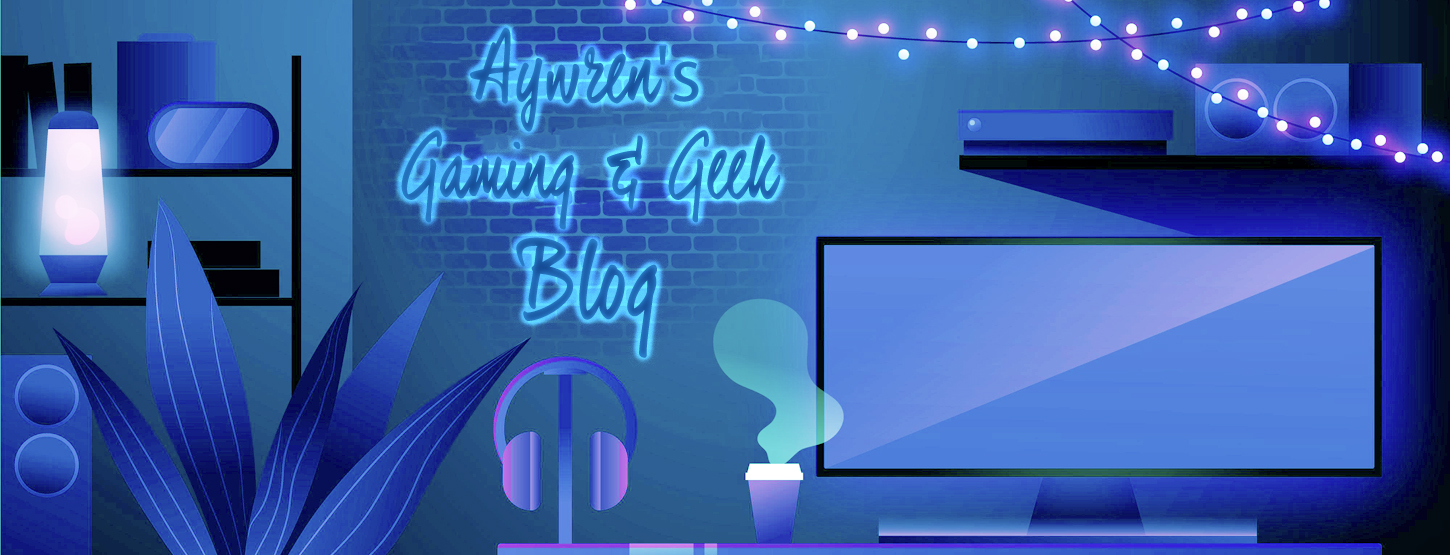There’s nothing like a new coat of paint – or in this case, a clean new theme – to reinvigorate a blog. I’ve been using the same theme since I moved my blog to WordPress hosting sometime in 2016.
Don’t get me wrong, I appreciate my true-blue old theme, Scratchpad. It had the nice artsy vibe that I was going for and was easy to customize. But just as it always is when folks have a pool of themes to pull from, I see a number of other blogs out there using the same theme as I did – just maybe with a different color pallet.
I wanted my blog theme to be completely original, which is hard when you’re limited to only installing themes provided by WordPress.com. Well… maybe not anymore!
One thing I’ve wanted to explore and have kept my eye on is the concept of the Full Site Block Editing that WordPress has rolled out in beta. For a while, it was only available if you created a new site, but now it’s open to everyone, even those who are self-hosted.
This weekend, I decided to experiment by installing a new theme that supports full site block editing. I knew that doing that would be a large undertaking because gone with the wind would be my previous tried and true theme. I would need to learn on the fly how to use the new template system and build a new design while my blog was still live to the public.
After I installed such a theme – I just went with the WordPress-made Twenty Twenty-Two blue theme – I quickly decided to tear out all the existing template parts and rebuild the basic header and theme layout from scratch. This was a trial and error sort of thing – I wish I’d spent some time watching a video about it before I started. I’ve linked a good one with lots of tips below.
Add to that some spiffy new graphics, and I’m on my way to rebuilding the aesthetics of the site and giving it an overall updated feel. I’m really pleased with it so far!
Some thoughts on the block editor – this is not a drag and drop system. It’s a little trickier than I expected it to be. But once you mess around with it some and learn about things like the List View, Tool Bar, and Styles Menu (I wandered around wondering how to change my site’s background color for hours), then you’ll be better equipped to tackle the job of building a layout that is completely your own.
Being able to assign completely original templates to not just pages, but also posts, means that you can technically build an entire section within your blog that looks totally different from your main blog, including the posts! The possibilities are really incredible, especially for someone like me who likes to create individual sites about different topics.
Despite being able to assign a page/post with its own template, they will share universal things like background color – I don’t think there’s a way to change that or to assign individual templates background images… yet. Keep in mind that this is just the first public roll-out of this feature set – I expect more blocks and customizations to be on the way.
I think that I can work around most of those limitations, and the ability to give posts and pages their own look and feel individually really tempts me to bring back my Ukulele and Fiddle content to this site – with their own special-designed sections.
Just hoping for more blocks to be added in the future – there were a few things from my previous sidebar I couldn’t recreate because they didn’t exist. These missing blocks included a Links widget (where I can just easily display a blogroll) and the widget that used to allow people to follow your WordPress blog at a click. But hopefully, we’ll see these added in time.
I’m also having trouble with the HTML block displaying code properly. It displays okay in the preview but then just spits out the code on the live site. So, hoping this is a bug.
I am far from finished with redesigning my blog’s theme, and I’m super excited with where this might go in the future. I love that this puts the complete site design into my hands, even if there are some present limitations that I’ve found.
